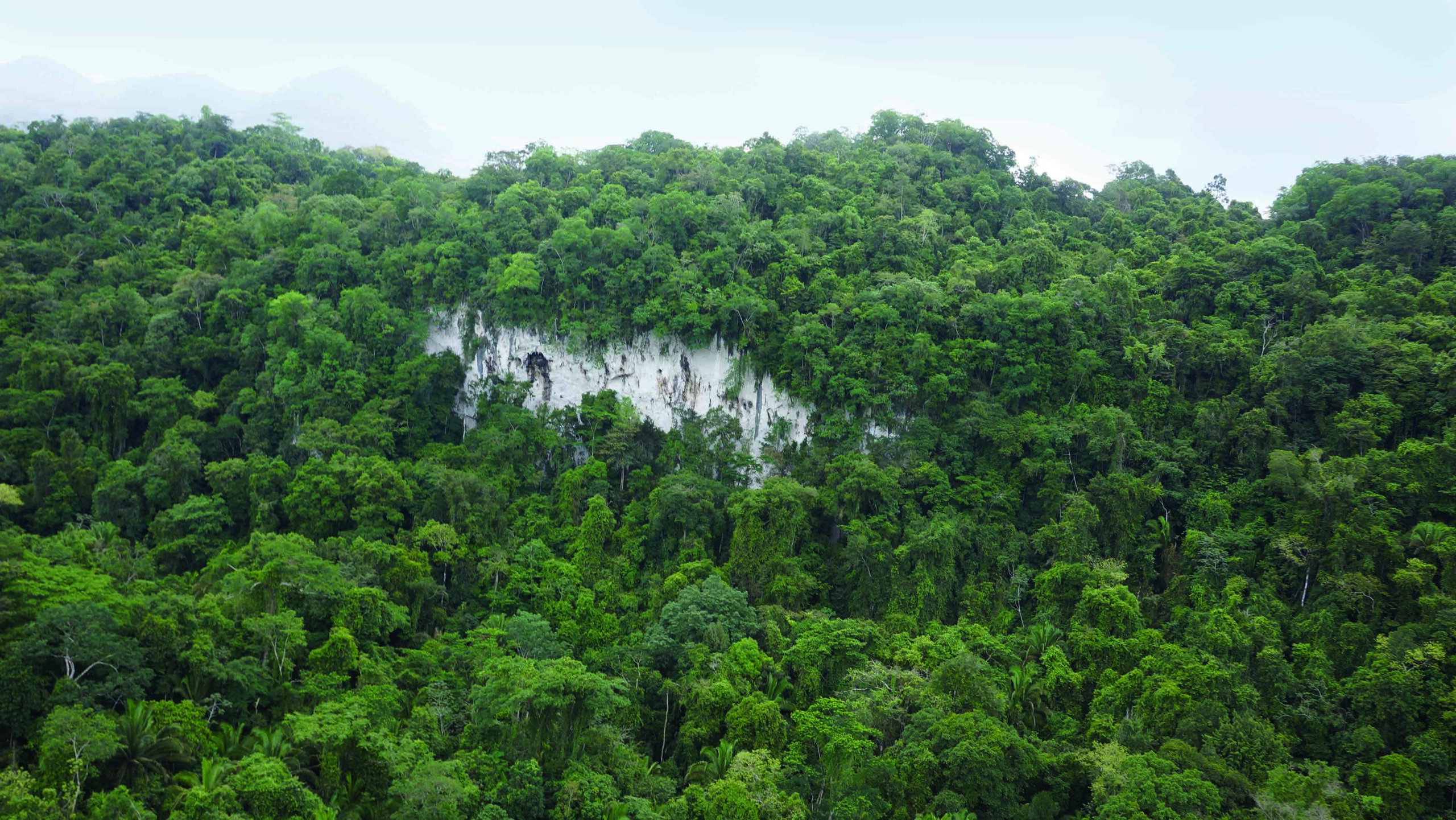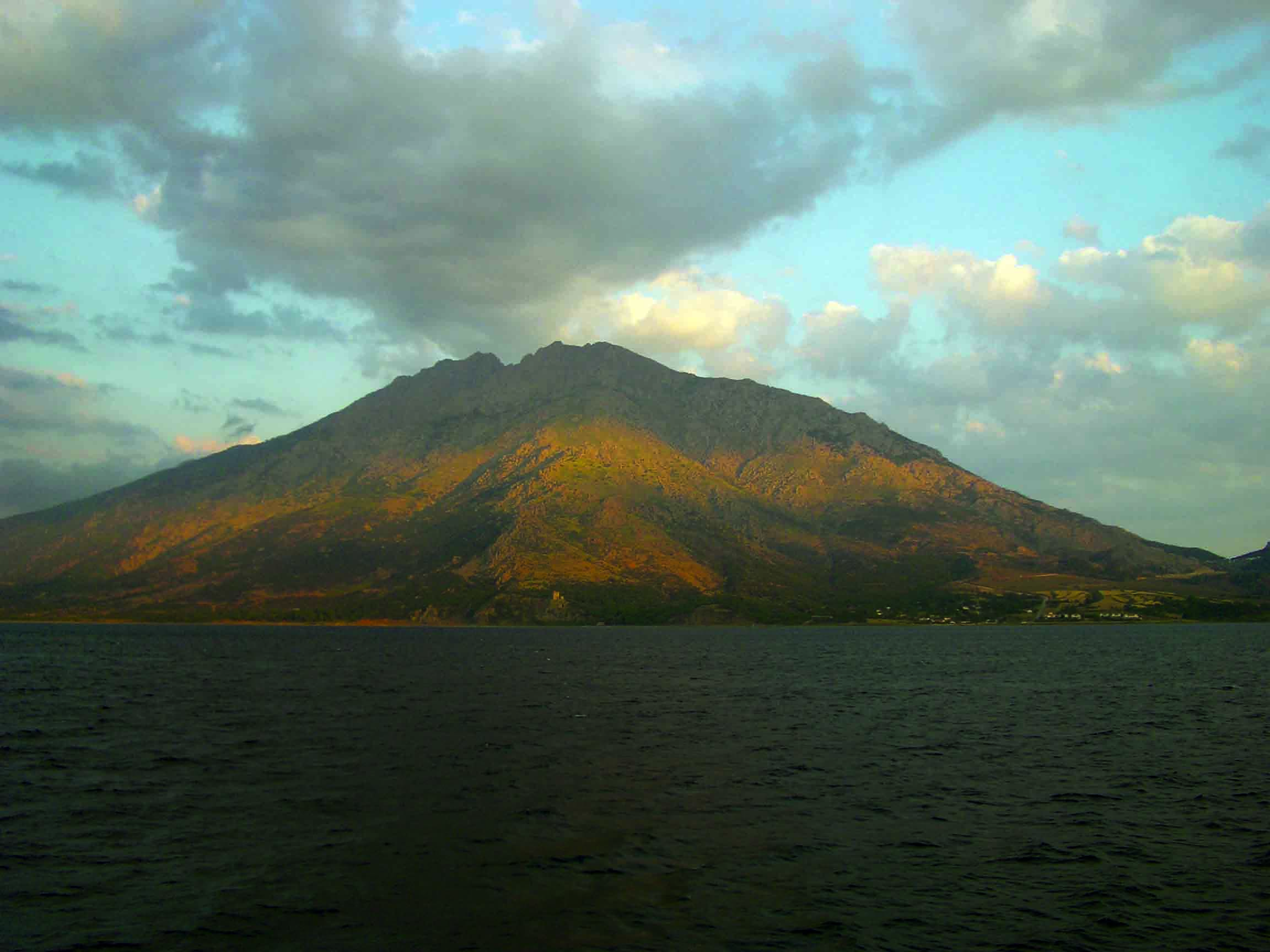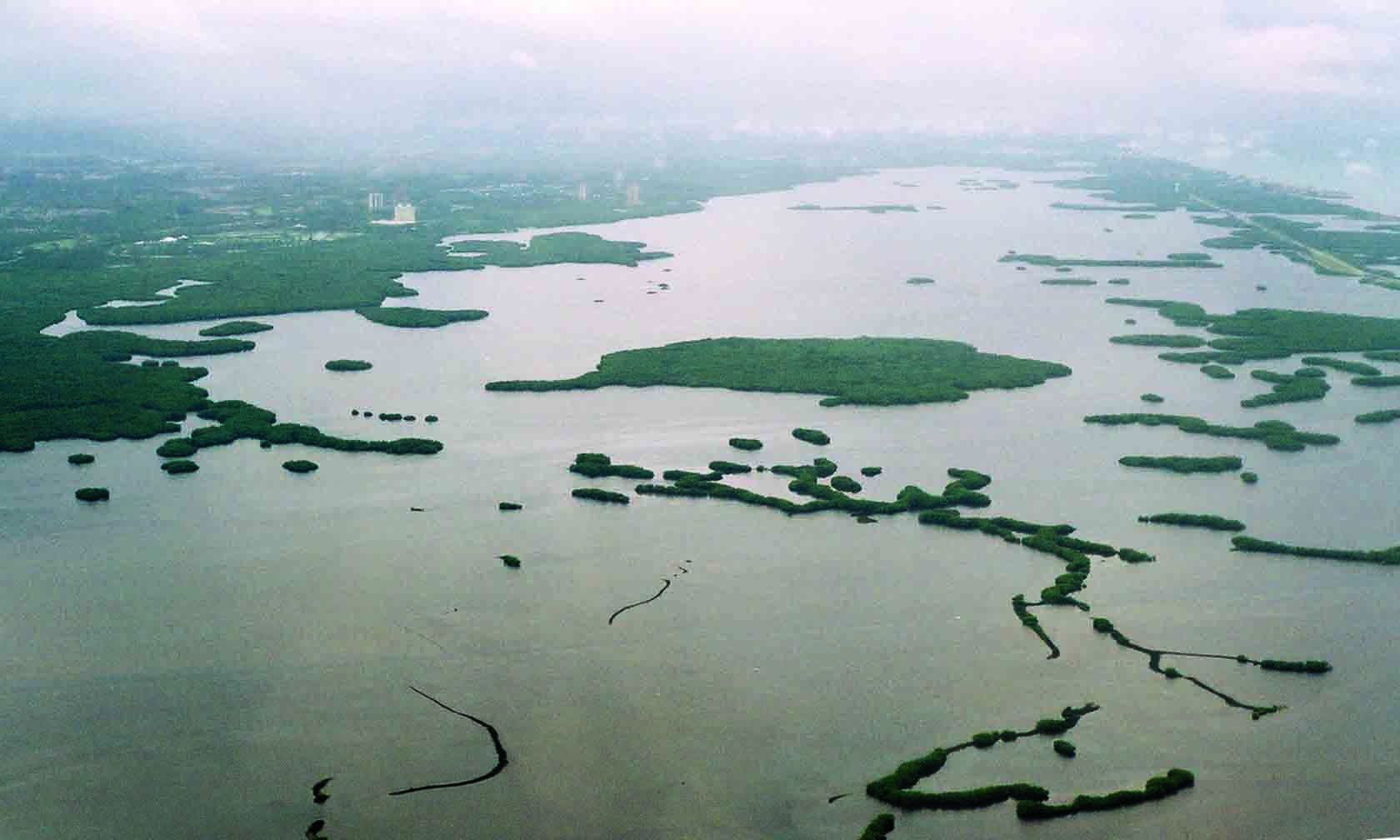
JENA, GERMANY—According to a statement released by the Max Planck Institute for the Science of Human History, an international team of scientists led by Denise Kühnert analyzed hepatitis B virus (HBV) genomes recovered from 137 Eurasians and Native Americans who lived between 400 and 10,500 years ago, and found that all nine known strains of HBV descend from an HBV lineage that infected the ancestors of people who migrated to North America and their Eurasian relatives at about the time these populations diverged. The virus also infected populations living in much of Europe as early as 10,000 years ago, added Johannes Krause of the Max Plank Institute for Evolutionary Anthropology. It had been previously thought that HBV emerged with the rise of agriculture, he explained. Instead, strains of the virus carried by hunter-gatherers were replaced with strains spread by the first farmers who migrated into the region. To read about using DNA to identify a pathogen that plagued Mexico in the sixteenth century, go to "Conquistador Contagion."










